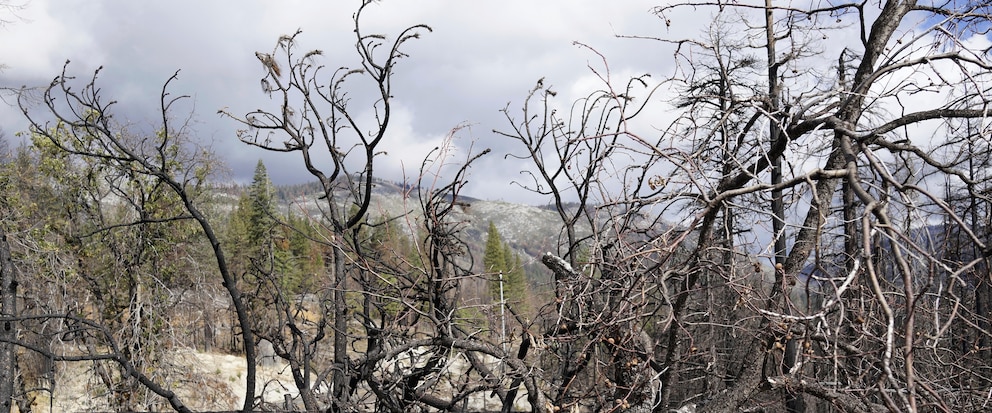California’s Valuable Forests: Under Threat from Fire and Other Ravages
California is renowned for its stunning landscapes, diverse ecosystems, and valuable forests. These forests not only provide habitat for countless species of plants and animals but also play a crucial role in mitigating climate change by absorbing carbon dioxide. Unfortunately, these valuable forests are under constant threat from various factors, with fire being one of the most significant dangers. In recent years, the frequency and intensity of wildfires have increased, posing a severe risk to California’s forests and the communities that surround them.
Climate change has played a significant role in exacerbating the threat of wildfires. Rising temperatures, prolonged droughts, and changing precipitation patterns have created ideal conditions for fires to spread rapidly and become more destructive. The combination of dry vegetation, strong winds, and hot weather can turn even a small spark into a raging inferno that engulfs thousands of acres within hours.
One of the primary causes of wildfires in California is human activity. Accidental ignitions, such as unattended campfires or discarded cigarettes, can quickly ignite dry vegetation. Additionally, power lines and electrical equipment have been known to spark fires during periods of high winds. However, intentional acts of arson also contribute to the problem. These deliberate acts of starting fires can have devastating consequences, destroying vast areas of forest and endangering lives.
Once a fire takes hold, it can be incredibly challenging to contain. The steep terrain and dense vegetation in many parts of California make it difficult for firefighters to access the flames. Furthermore, the state’s vast forests are often located far from urban centers, making it challenging to mobilize resources quickly. As a result, wildfires can burn for days or even weeks before they are fully extinguished, causing extensive damage to the ecosystem.
The impact of wildfires on California’s forests is far-reaching. Not only do they destroy trees and vegetation, but they also disrupt the delicate balance of ecosystems. Many plant and animal species rely on specific habitats within the forest, and when these habitats are destroyed, entire populations can be wiped out. Moreover, the loss of vegetation leaves the soil exposed to erosion, which can lead to landslides and further damage to the ecosystem.
In addition to wildfires, California’s forests face other ravages that threaten their health and longevity. Insect infestations, such as bark beetles, have become a significant concern. These pests attack weakened or stressed trees, often killing them in large numbers. The prolonged droughts and warmer temperatures associated with climate change have made forests more susceptible to these infestations. As a result, vast areas of once-thriving forests have been reduced to dead trees, increasing the risk of wildfires and further damaging the ecosystem.
To address these threats, California has implemented various measures aimed at preventing and mitigating the damage caused by wildfires. These include increased funding for firefighting resources, improved forest management practices, and public education campaigns to raise awareness about fire safety. Additionally, efforts are being made to restore damaged ecosystems and replant trees in areas affected by wildfires and insect infestations.
Protecting California’s valuable forests requires a collective effort from all stakeholders. Individuals can play their part by practicing responsible fire safety measures, such as properly extinguishing campfires and avoiding activities that could spark a fire. Communities can invest in fire-resistant building materials and create defensible spaces around homes to reduce the risk of fire spreading. Government agencies and organizations must continue to prioritize forest management practices that promote healthy ecosystems and reduce the risk of catastrophic wildfires.
California’s valuable forests are not only a source of natural beauty but also provide numerous ecological benefits. However, the threats posed by wildfires and other ravages are putting these forests at risk. By understanding the causes and consequences of these threats and taking proactive measures to address them, we can ensure the long-term health and sustainability of California’s forests for generations to come.



